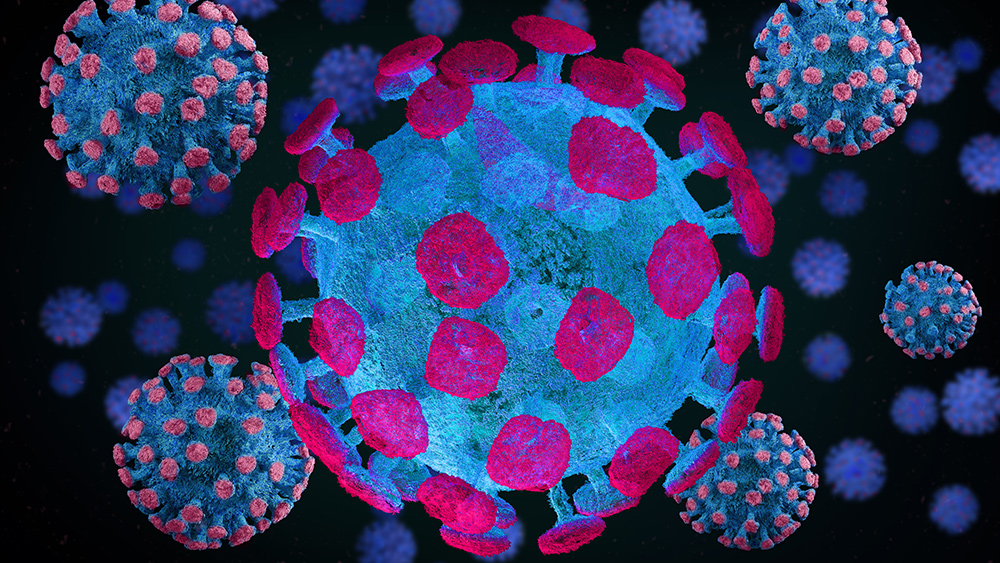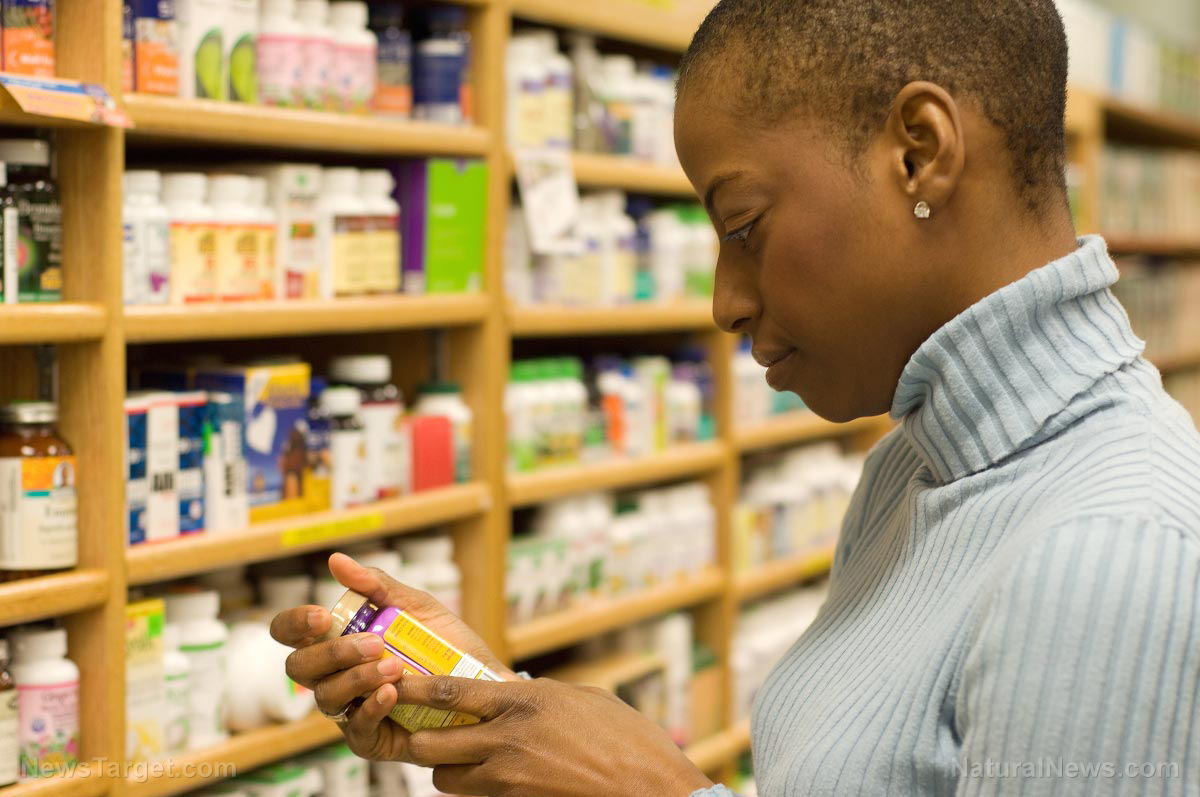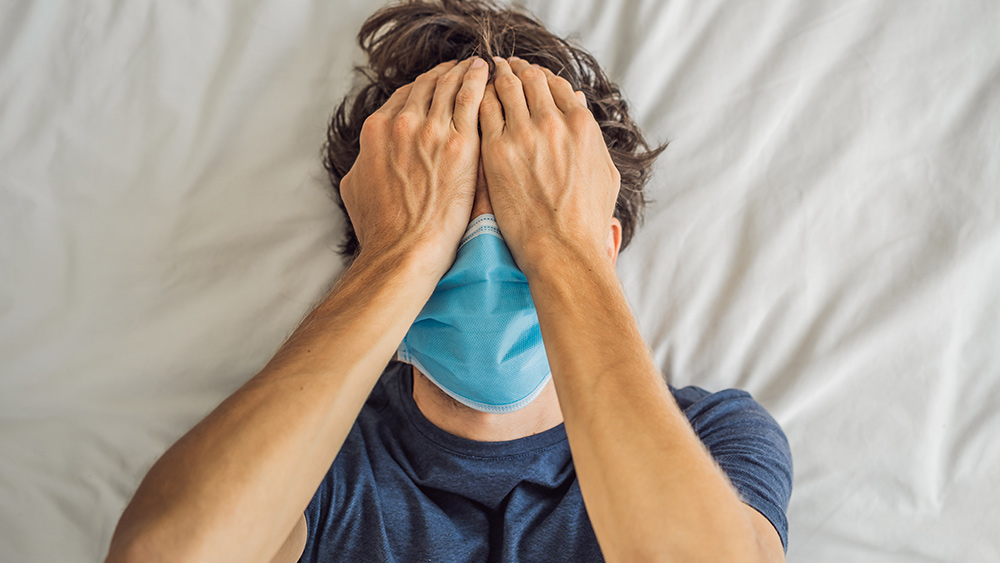
The teams behind the papers independently discovered a protein called the neuropilin-1 receptor, which they say is an alternative doorway for SARS-CoV-2 coronavirus – the proper name for the coronavirus behind COVID-19 – to enter and infect human cells.
Scientists previously thought that neuropilin-1 played roles in helping neurons make the correct connections while also aiding in the growth of blood vessels. With the new discovery, they now know that neuropilin-1 could be a door for SARS-CoV-2 to enter the nervous system.
“That SARS-CoV-2 uses the receptor ACE2 to infect our cells was known, but viruses often use multiple factors to maximize their infectious potential,” said Giuseppe Balistreri, head of the viral research group at the University of Helsinki who was involved in one of the studies.
SARS-CoV-2’s spike protein binds to another receptor
Existing scientific knowledge states that SARS-CoV-2 invades human cells through angiotensin-converting enzyme 2, or ACE 2 receptor. This receptor normally modulates the many activities of a protein called angiotensin 2, which affects blood pressure and inflammation. SARS-CoV-2 uses spike proteins to attach to protein receptors of human cells, such as ACE 2.
But the two research teams noticed that a tiny piece of the spike protein was similar to regions of human protein sequences that were known to bind to neuropilin receptors. With this, both teams realized that neuropilin-1 might be critical for infecting cells.
The test their hypothesis, the University of Bristol’s James Daly and his colleagues used a technique called X-ray crystallography, which allowed them to see the three-dimensional structure of the spike protein down to its individual atoms, alongside other biochemical approaches.
Using these, Daly’s team was able to observe how the spike protein was able to bind to the neuropilin-1 receptor, allowing the virus to invade the cell.
In addition, further laboratory experiments showed that the SARS-CoV-2 virus was able to infect fewer human cells that lacked neuropilin-1. Meanwhile, then noted that the rate of infection was greater in cells that had both the neuropilin-1 and ACE 2 receptors.
A separate team of German and Finnish researchers, led by the Technical University of Munich’s Ludovico Cantuti-Castelvetri came to a similar conclusion.
Cantuti-Castelvetri’s team used silver particles attached to synthetic spike proteins made in the lab and found that these particles were able to enter cells that carried the neuropilin-1 receptor on their surface.
In addition, the team made the surprising discovery that the spike protein could also enter neurons and blood vessels within the brain.
Furthermore, using tissues from human autopsies, Cantuti-Castelvetri’s team was able to verify that neuropilin-1 was present in the cells lining human respiratory and nasal passages, while ACE 2 was not. This demonstrates that neuropilin-1 provides the SARS-CoV-2 virus with an independent doorway to infect cells.
New, neuropilin-1 focused therapies may be on the way
The two studies by Daly and Cantuti-Castelvetri and their respective colleagues represent a coming shift to neuropilin1 as a potential target for COVID-19 therapies.
Daly’s team hypothesizes that using treatments targeting the spike protein’s ability to bind to neuropilin-1 could help reduce SARS-CoV-2’s ability to infect human cells.
“Once we had established that the spike protein bound to neuropilin-1 we were able to show that the interaction serves to enhance SARS-CoV-2 invasion of human cells grown in cell culture,” Daly’s team wrote in their paper. “Importantly, by using monoclonal antibodies—lab-created proteins that resemble naturally occurring antibodies—or a selective drug that blocks the interaction we have been able to reduce SARS-CoV-2’s ability to infect human cells.”
Specifically, Daly’s team was able to limit SARS-CoV-2’s ability to infect cells using a small molecule called EG00229 or antibodies to block the spike protein from binding to neuropilin-1. (Related: Most coronavirus patients develop “neutralizing antibodies” after recovery, but are they enough to head off another infection?)
However, Balistreri cautions that it’s too early to say whether blocking the spike protein from binding to neuropilin-1 could be a viable therapeutic approach to COVID-19, warning that it could lead to side effects.
“This will have to be looked at in future studies,” he states. “Currently, our laboratory is testing the effect of new molecules that we have specifically designed to interrupt the connection between the virus and neuropilin. Preliminary results are very promising and we hope to obtain validations in vivo in the near future.”
Follow Pandemic.news for the latest updates on the fight against COVID-19.
Sources include:
Please contact us for more information.























